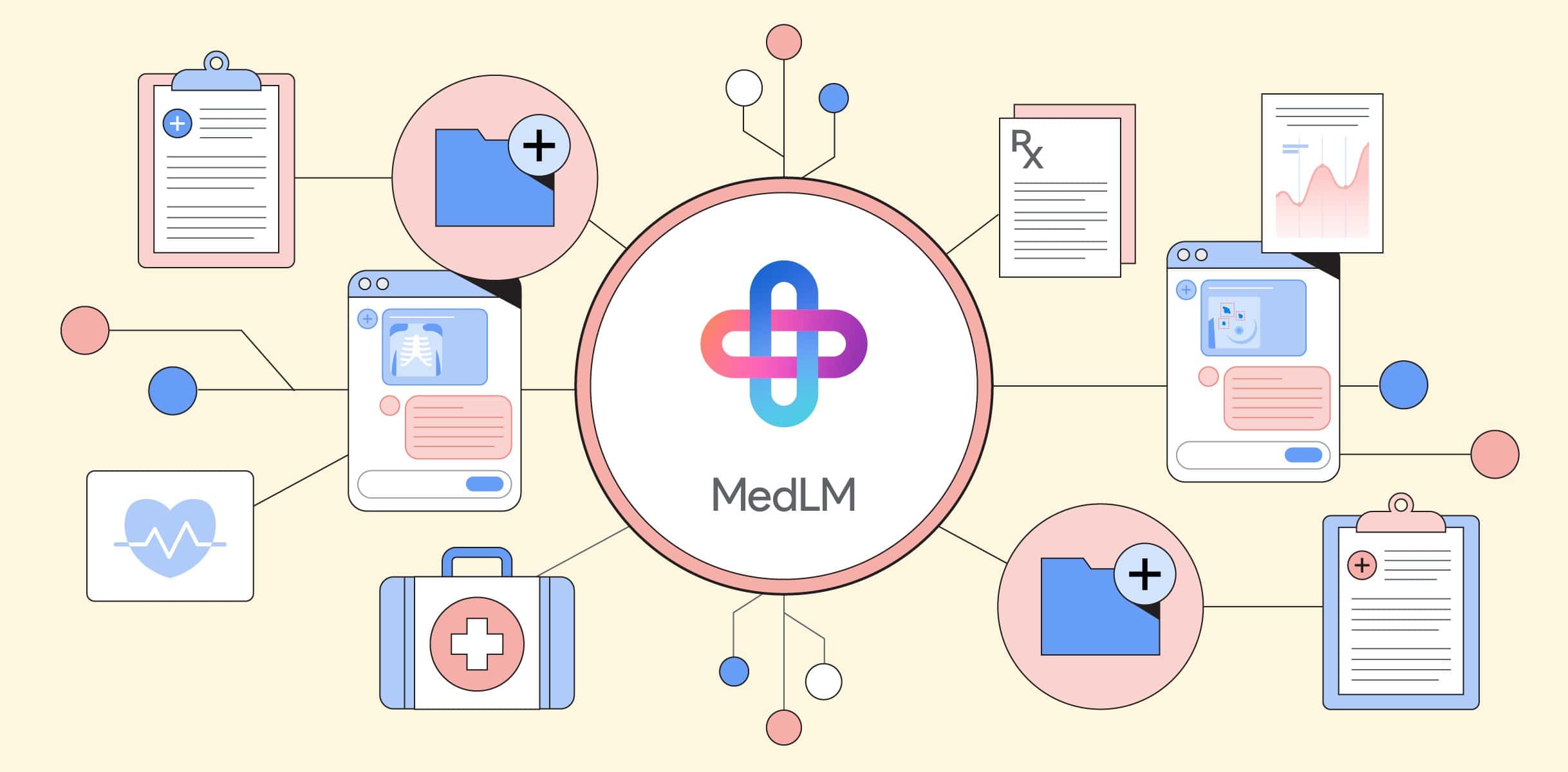
Exploring the connections between gut and brain diseases with AI: that’s the mission of project HEREDITARY, which also involves researchers from the Radboud University Medical Center Nijmegen, writes the university in a press release.
As part of the research, an international group of scientists will develop a computer system capable of connecting and analyzing medical data, such as magnetic resonance imaging (MRI) scans, text, and blood values. The focus on intestinal and brain disorders because these organs strongly influence each other, making connections in the “gut-brain axis” highly interesting. The system will search for patterns in the multimodal data, such as the co-occurrence of specific conditions or states.
Why you need to know this
With the healthcare sector faced with an aging population and staff shortage problems, AI can help improve its quality.
The goal is to create an AI system that is then capable of providing advice on various diseases affecting the brain and the gut, such as depression, obesity, and anxiety. Led by the University of Padua, Italy, the initiative received over eleven million euros in funding from the European Commission, with the Dutch university getting almost 1.3 million.
Intestinal bacteria
In Nijmegen, a considerable amount of data is already available. In a previous EU-funded project, Francesco Ciompi collected 20,000 digitized microscopy images of intestinal polyps and biopsies. Annemarie Boleij and Nils Kohn use analyses of intestinal bacteria, genetic information, and many MRI brain scans gathered in the Healthy Brain Study funded by the Reinier Post Stichting. The researchers will link these data together, and the entire EU project will explore even broader aspects, including air pollution.
The computer system will consist of algorithms that learn from data. These algorithms will be hosted on the Grand Challenge platform, developed at Radboudumc. Francesco Ciompi explains: “The Research Software Engineering team originally built this platform for global competitions to develop the best algorithm for analyzing medical images such as CT or MRI scans, but the platform can also host algorithms and data, which can be made accessible in various forms. Currently, the platform supports medical images and digital pathology slides, but within the project, we will expand with other data modalities, such as genetics data.”

Virtual visits
The new algorithms will be integrated into the platform, but not all the data the system learns from will be online. “People are increasingly using ‘federated’ working methods to train AI algorithms and access data. In federated learning, for example, the algorithms virtually visit various hospitals through the platform and learn on-site from medical data without the data leaving the hospital,” says Ciompi.
Once the algorithms have learned enough from their virtual visits, they can assist doctors in the future. Ciompi: “The computer system can, for example, compare multimodal data from the gut and the brain of an individual patient, such as an fMRI scan, a biopsy from the intestine, and metabolome sequences from fecal samples, with scans and medical records of similar cases. The system can then support clinicians in their diagnosis, predict prognosis, determine any links with other conditions, and suggest treatment options.”

